Detect and isolate…
Power-system protection should detect faults and isolate the faulty parts of the power system while keeping the fault-free parts in operation. Protection units are chosen according to the power-system configuration (parallel operation of generators or transformers, loop or radial power system, neutral earthing arrangement…).

Consideration must be given to:
- Earth fault protection, linked to the neutral earthing arrangement:
– Resistance earthing on the transformer
– Resistance-earthed neutral at busbars
– Reactance-earthed neutral
– Isolated neutral
– Solidly earthed neutral
– Compensated neutral - Phase-to-phase fault protection
Ok, this time I’ll analyse earth fault protection in a single-incomer power system…
Resistance earthing on the transformer
Earth fault protection units (ANSI 51N) are installed on the feeders, incomer and neutral earthing connection.

Time-based discrimination is used between the different protection units. These units are necessarily different from phase fault protection units since the fault currents are in a different range.
All the fault-free feeder sensors detect capacitive current.
To prevent inadvertent tripping, the protection unit on each feeder is set higher than the feeder’s capacitive current.
- fault at 3: the D1 circuit breaker is tripped by the protection unit linked to it,
- fault at 4: the A circuit breaker is tripped by the incomer protection unit,
- fault at 5: the protection unit on the neutral earthing connection trips circuit breaker H on the transformer primary circuit. (fig. 1).
The protection unit at D must be selective in relation to the downstream protection units: if the delay required for protection A is too long, logic discrimination should be used. The neutral earthing protection unit at H acts as back-up should the incomer protection unit at A fail to trip. The incomer protection unit at A acts as back-up should a feeder protection unit at D fail to trip.
Resistance-earthed neutral at busbars
A zero sequence generator is used for resistance-earthing. Earth fault protection units (ANSI 51G) are installed on the feeders, incomer and zero sequence generator.

Time-based discrimination is used between the different protection units. The feeder protection units and incomer protection unit are set selectively in relation to the earthing impedance protection unit. As in the previous case, the protection unit on each feeder is set higher than the feeder’s capacitive current.
In the event of a fault on feeder 1, only the D1 feeder circuit breaker trips. In the event of fault on the busbars 2, only the protection unit on the earthing connection detects the fault. It trips circuit breaker A.
In the event of fault on the transformer secondary circuit 3, the incomer protection units detects the fault. It trips circuit breaker H.
The zero sequence generator protection unit acts as back-up should the incomer protection unit at A or a feeder protection unit at D fail to trip. If the condition IsD > 1.3 Ic cannot be satisfied for a feeder, a directional earth fault protection unit may be used to discriminate between fault current and capacitive current.
Neutral earthing arrangement
Reactance-earthed neutral
The same procedure is used as for resistance-earthing at the transformer or busbars.
Isolated neutral
A fault, regardless of its location, produces current which flows through the capacitance of the fault-free feeders. In industrial power systems, this current is generally weak (a few amperes), allowing operations to carry on while the fault is being tracked.

Time-based discrimination is used between the different protection units. The fault is detected by an insulation monitoring device or a neutral voltage displacement protection unit (ANSI 59N).
When the total capacitive current of a power system is high (in the range of ten amperes), additional measures must be taken to quickly clear the fault. Directional earth fault protection can be used to selectively trip the fault feeder.
Solidly earthed neutral
This is similar to resistance-earthing at the transformer, but the capacitive currents are negligible compared to the fault current, so the protection function is simpler to implement.
Compensated neutral
The power system is earthed at the transformer. Faults are detected by a specific directional earth fault protection unit (ANSI 67NC), which monitors the active residual current and recognizes faults during their initial transient phase.
Reference: Electrical Network Protection Guide – Merlin Gerin (Schneider Electric)


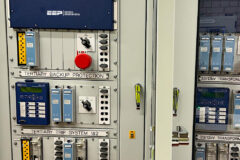

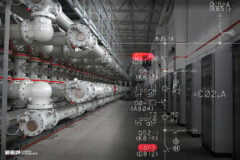
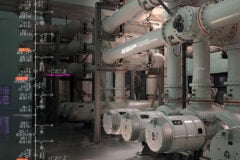
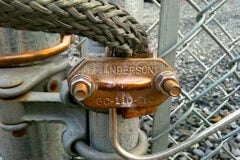
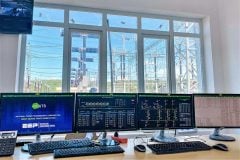
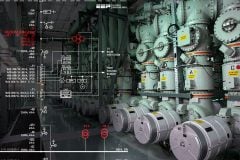


Very useful explanation, thanks!
Appreciated…
thanks a lot
I am a technical engineer.
Edvard – you refer to the returning earth fault currents through adjacent fault free feeders as capacitive currents. I have not heard them described as capacitive before. Why do you label them so?
Cheers
Simon
Very nice
Good
Хорошая статья!